First, a large settlement ($48 million) from a nursing home operator on allegations that they non-necessary services and services not rendered. According to the U.S. Attorney’s Office:
The Ensign Group operated skilled nursing facilities that allegedly submitted false claims to Medicare. Between January 1, 1999, and August 31, 2011, the six Ensign facilities allegedly submitted false claims to the government for physical, occupational and speech therapy services provided to Medicare beneficiaries that were not medically necessary. The government alleged that certain patients were kept in these facilities for periods of time that exceeded what was medically necessary for the treatment of their conditions.
Here’s the press release. Ensign nursing home qui tam 131
Second, the New York Times has a piece about states permitting nursing home residents to place hidden cameras in their rooms:
On Nov. 1 . . . Oklahoma became the third state — along with New Mexico and Texas — to explicitly permit residents in long-term care facilities to maintain surveillance cameras in their rooms. In the last two years, at least five states have considered similar legislation.
Under Operation Guardian, the California Attorney General’s Office used hidden cameras and their proliferation raises a number of privacy concerns, including those of roommates, facility staff members, visitors, and others. Moreover, it’s one thing to ferret out abuse, as described in the NYT article. But it’s questionable whether a camera isn’t using a sledgehammer to kill a flea if it’s used to find that the patient’s hydration was 20 minutes late, which was what happened in Operation Guardian.


